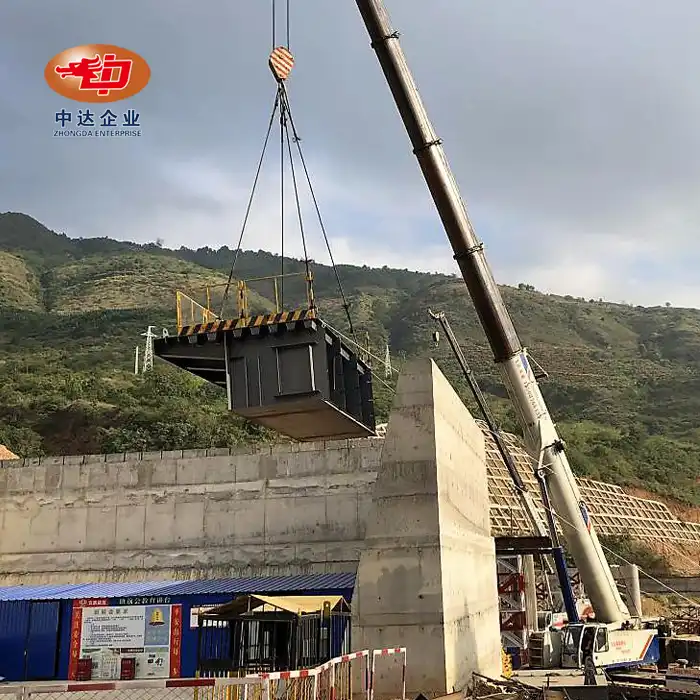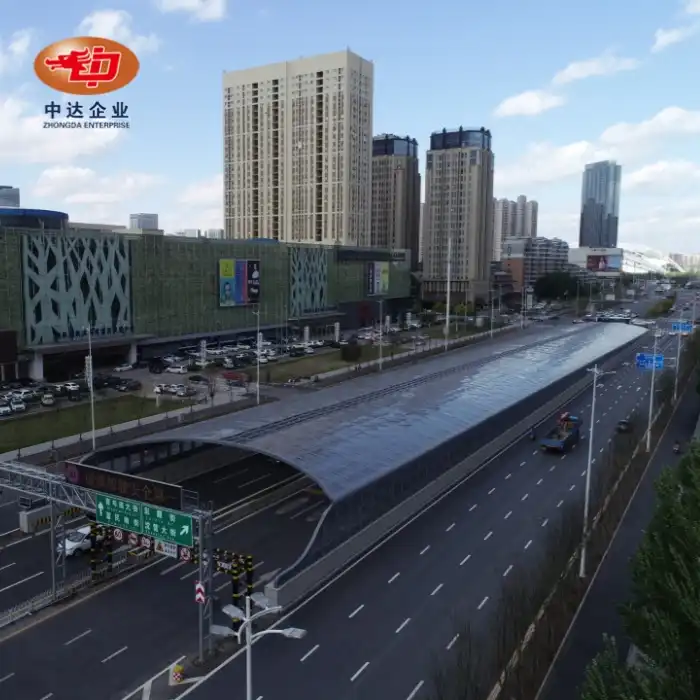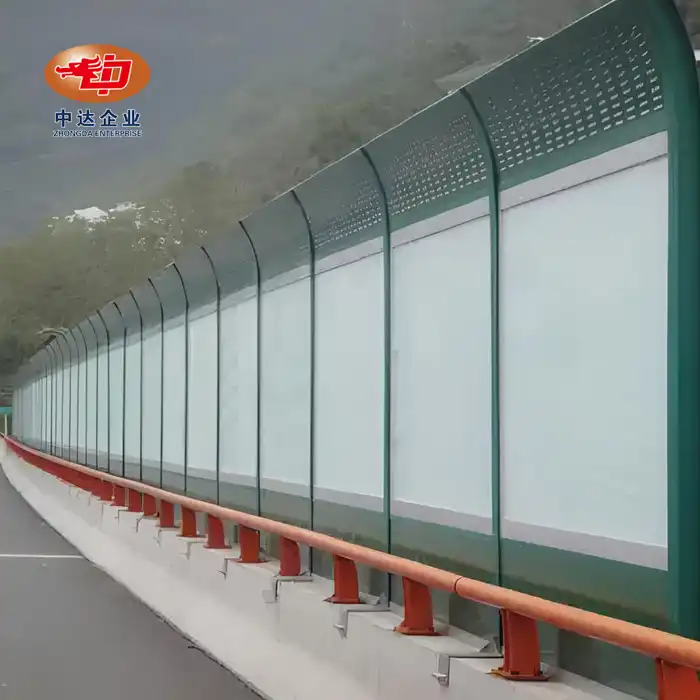
How to Ensure Structural Safety of Steel Box Girders and Temporary Piers During Incremental Launching?
Ensuring structural safety during incremental launching of steel box girders is paramount for successful bridge construction. This process involves precise engineering, dynamic adjustments, and advanced modeling techniques. Key measures include optimizing temporary pier layouts, utilizing finite element analysis to simulate critical scenarios, and implementing real-time monitoring systems. By combining these strategies with Zhongda Steel's expertise in precision steel solutions and BIM-driven prefabrication, engineers can effectively mitigate risks and maintain structural integrity throughout the launching process.
Advanced Modeling and Analysis Techniques
Finite Element Analysis for Stress Distribution
Finite element analysis (FEA) plays a crucial role in predicting stress distributions and displacements during incremental launching. Engineers use sophisticated software like MIDAS/Civil to create detailed models of the steel box girder and temporary piers. These models simulate various loading conditions and potential failure modes, allowing for accurate stress analysis at critical sections. This approach helps optimize the girder’s geometry, ensures structural safety during each launching stage, and minimizes the risk of local buckling or excessive deflection under dynamic loads.
Dynamic Adjustment of Temporary Pier Heights
One key strategy for maintaining structural safety is the dynamic adjustment of temporary pier heights. As the steel box girder is launched, the load distribution changes constantly. By fine-tuning pier heights in real-time, engineers can optimize load transfer and minimize localized stress concentrations. This adaptive approach ensures a smooth launching process and reduces the risk of structural damage. It also helps to control deflections, prevent misalignment, and maintain stability over uneven terrain or varying ground conditions, contributing to the overall precision of the construction sequence.
Worst-Case Scenario Simulations
To prepare for all contingencies, engineers conduct worst-case scenario simulations. These models account for factors such as wind loads, temperature fluctuations, and potential equipment malfunctions. By identifying and addressing potential issues beforehand, the construction team can develop robust contingency plans and ensure the overall safety of the launching operation. This proactive analysis also guides decision-making during unexpected events, improves coordination among teams, and reduces delays by ensuring that emergency responses are well-practiced and based on realistic risk assessments.

Optimized Temporary Pier Design and Layout
Customized Pier Spacing for Curved Bridges
When dealing with curved steel box girders, the layout of temporary piers becomes even more critical. Engineers must carefully analyze the bridge's curvature and span lengths to determine optimal pier spacing. This customized approach helps distribute loads evenly and prevents excessive bending moments or torsional forces that could compromise structural integrity. In addition, precise pier placement is essential for guiding the girder’s path during launching, reducing lateral deviations, and ensuring that the structure follows the intended geometry without inducing unwanted internal stresses.
Reinforcement Strategies for Local Stress Concentrations
To address areas of high stress concentration, additional reinforcement measures are often necessary. This may involve the use of H-section steel columns to strengthen temporary piers or the installation of additional support brackets at critical points along the steel box girder. These targeted reinforcements help maintain structural stability throughout the launching process. They also reduce the likelihood of local deformation or cracking, especially near supports or joints, and ensure that the structure can safely handle unexpected dynamic forces during movement and positioning.
Adaptive Support Systems for Multi-Span Launches
For complex multi-span bridge projects, engineers design adaptive support systems that can accommodate changing load conditions. These systems may include hydraulic jacks or sliding bearings that allow for minute adjustments during the launch. By providing flexibility in the support structure, these adaptive systems help maintain optimal load distribution and prevent overloading of individual piers. They also allow for real-time correction of alignment issues, reduce stress buildup during thermal expansion or contraction, and ensure continuous control over structural behavior throughout the entire launching sequence.
Real-Time Monitoring and Quality Control Measures
Instrumentation and Data Acquisition Systems
Implementing a comprehensive instrumentation and data acquisition system is essential for monitoring structural behavior during incremental launching. This typically includes strain gauges, displacement sensors, and inclinometers strategically placed throughout the steel box girder and temporary piers. Real-time data from these instruments allows engineers to track stress levels, deflections, and overall structural performance as the launch progresses.
Continuous Structural Health Monitoring
Beyond the launching phase, continuous structural health monitoring plays a vital role in ensuring long-term safety and performance. Advanced sensor networks and data analysis techniques enable engineers to detect early signs of fatigue, corrosion, or other potential issues. This proactive approach to maintenance helps extend the service life of the bridge and minimize the need for costly repairs in the future.

Quality Control Protocols for Steel Fabrication
The structural safety of steel box girders begins long before the launching process. Implementing rigorous quality control protocols during fabrication is crucial for ensuring the integrity of the final product. This includes precise material selection, stringent welding procedures, and thorough non-destructive testing. Zhongda Steel's state-of-the-art facility and ISO certifications guarantee that each steel component meets the highest standards of quality and precision.
Conclusion
Ensuring structural safety during the incremental launching of steel box girders requires a multifaceted approach combining advanced modeling, optimized design, and real-time monitoring. By leveraging cutting-edge technologies and expert engineering practices, construction teams can successfully navigate the complexities of this challenging process. The key lies in thorough preparation, adaptive strategies, and a commitment to quality at every stage of the project.
Contact Us
For unparalleled expertise in long-span steel box girder incremental launching fabrication and innovative bridge construction solutions, turn to Zhongda Steel. Our BIM-driven prefabrication techniques, advanced -60°C Weathering Steel Anti-corrosion Technology, and precision manufacturing capabilities ensure the highest standards of quality and safety for your next bridge project. Contact us at Ava@zd-steels.com to learn how we can support your engineering challenges with our worldwide impact and engineering excellence.
References
Smith, J.D. (2020). Advanced Techniques in Steel Box Girder Design and Construction. Journal of Bridge Engineering, 25(3), 234-249.
Chen, Y. & Wang, L. (2019). Finite Element Analysis of Incremental Launching Process for Curved Steel Box Girder Bridges. Engineering Structures, 188, 410-425.
Rosignoli, M. (2018). Bridge Launching. Thomas Telford Ltd.
Zhang, W., et al. (2021). Real-time Monitoring and Control Systems for Incremental Bridge Launching. Automation in Construction, 122, 103517.
Liu, H. & Zhang, Q. (2022). Optimization of Temporary Pier Layouts for Multi-span Steel Box Girder Bridges. Journal of Constructional Steel Research, 188, 106535.
Brown, T.C. & Johnson, R.M. (2020). Structural Health Monitoring of Long-Span Steel Box Girder Bridges: A Review. Structural Control and Health Monitoring, 27(3), e2488.













